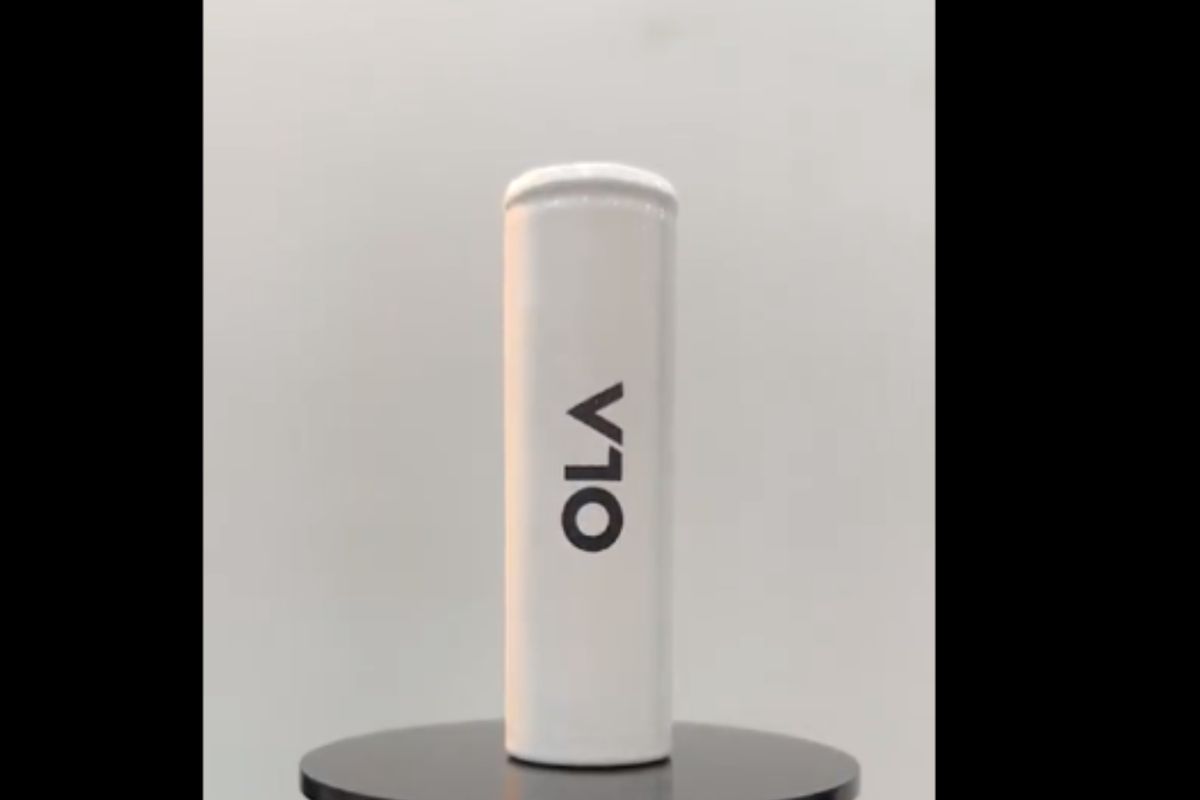Tech Surge
For decades, the prevailing assumption in technology circles has been that the West, led by the United States, enjoys an unassailable dominance in advanced research and innovation.
The R&D department of Ola Electric has successfully managed to pack more energy in limited space by using specific chemistry and material.

Image source Twitter
Ola Electric has unveiled its homegrown new lithium-ion-cell – NMC 2170 rechargeable batteries for their vehicles today, on 12, July 2022. The EV manufacturer will start lithium-ion-cells full-fledged production from its upcoming Gigafactory by 2023. Last year in August, Ola also launched its much-awaited two-wheeler electric scooters.
The homegrown Ola Lithium-ion-cell uses NMC on the cathode side; and graphite and silicon on the anode side. The cell has been developed by keeping Indian environmental conditions at the core.
Advertisement
The R&D department of Ola Electric has successfully managed to pack more energy in limited space by using specific chemistry and material. Also, the new technology used in the cell will improve the overall life cycle of the cell.
Advertisement
“A cell is the heart of the EV revolution. Ola is building the world’s most advanced cell research center that will enable us to scale and innovate faster, and build the most advanced and affordable EV products in the world with speed,” Bhavish Aggarwal, Founder, and CEO, of Ola Electric, said in a statement.
“Our first indigenously made Li-ion cell is also the first of many in our cell technology roadmap. Having a robust local EV ecosystem is important for India to become a global EV hub,” Aggarwal added by sharing the video of a recently unveiled lithium-ion-cell, on his Twitter account.
Our first indigenously made Li-ion cell!
The cell is the heart of the EV revolution. We need to make our own technology to scale faster and innovate.
Much more in the pipeline on our cell technology roadmap! pic.twitter.com/pwywihRxBC
— Bhavish Aggarwal (@bhash) July 11, 2022
In an official statement, Ola electric said that it believes in pioneering new innovative technology and the company always backed the core R&D to create indigenous advanced cell technologies, strengthen manufacturing capabilities and create an integrated Ola Electric Vehicles hub.
The Government of India recently allocated 20GWh capacity to the EV manufacturer OLA under the ACC PLA scheme for developing advanced cells in India. Also, the company is looking to set up a state-of-the-art manufacturing unit with an initial capacity of 20GWh, which will change the EV scene soon in India.
The company will also invest in top cell research and development talent across the globe and will employ 500 PhDs and engineers to make indigenous cell technology more successful than ever before.
Advertisement